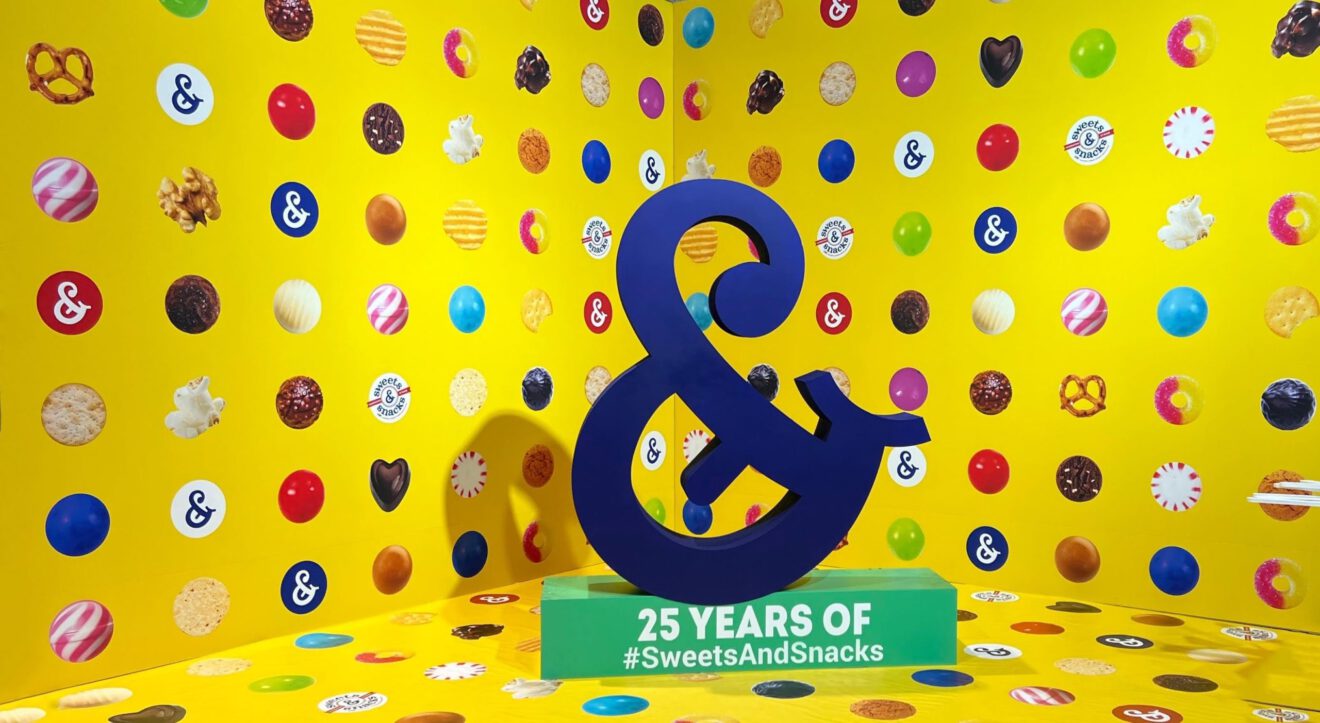Sign up for NCA SmartBrief today, free.
The confectionery industry, like most others, has needed to adapt to many new consumer shopping behaviors and desires during the course of the last two years, many of which are likely to endure post-pandemic, experts said at last week’s 25th Sweets & Snacks Expo, organized by the National Confectioners Association. What makes candy and snacks unique within the food and beverage category is the category’s dependence on impulse buys, which has presented several challenges for retailers and manufacturers alike. As more consumers make purchases online and take advantage of grocery delivery and pickup services, both brick-and-mortar and e-commerce businesses have lessons to learn from one another.
Bring impulse behaviors to online shopping
The lines between online purchases and buying items in stores are blurring, often because “shopping is heavily digitally influenced,” according to Mike Black, chief marketing officer at e-commerce growth platform Profitero, who spoke at the Expo. Pandemic behaviors are sticking, and this means impulse purchases need to become more innate and prevalent online.
Black recommends recreating the in-store experience online by making products discoverable, buying decisions more intuitive, demonstrating product and brand value and adapting to retailers’ e-commerce sites to drive unplanned purchasing.
Another avenue for brands to establish spur-of-the-moment purchasing actions is via voice-enabled virtual assistants, such as Alexa and Siri. The household penetration of these devices is expected to approach 75% by 2025, shared Betsy Fitzgibbons, Mars Wrigley shopper insights lead of e-commerce and new transactions, during a session.
Fitzgibbons and AiCi Li, director of the Shopper and Retail Lab at Mars, discussed how Mars Wrigley leveraged voice technology for its brands, especially seasonal products and campaigns such as the Skittles Shriekers-branded alarm that users could instruct Alexa to set during Halloween. They added that a vital element to successful brand engagement was to educate consumers on how to use the alarm and other key commerce phrases via social media.
Early adoption of new technologies is critical and “inaction is risky,” especially for impulse categories like confectionery, according to Li. Capturing consumers with voice assistants leads to products being in a customer’s order history and this creates a pathway for simple repeat purchases, she added.
Make in-person purchases more convenient
While digital purchases are more common than ever, shopping in physical stores is not going anywhere.
“For the foreseeable future, stores will be the primary stop for consumers,” said Mindy Asper Weith, partner at direct marketing firm Impulse Marketing, during a session.
The appeal of shopping online is the convenience that digital purchases provide, especially as shopping needed to change and adapt during the pandemic to accommodate social distancing and quarantine protocols. When consumers place click-and-collect orders, 74% report that they often pick up additional items while in the store, according to Weith. Candy and snack brands can still tap into these unexpected or additional purchases the same way that they did during a typical checkout.
Another approach to offering customers convenience is to streamline the checkout process in brick-and-mortar stores. Self-checkout kiosks have grown in popularity, but artificial intelligence platform Standard AI gives retailers the ability to create an autonomous store using technology that can be retrofitted to any location, which differentiates the company from Amazon’s cashierless convenience store chain AmazonGo.
Standard AI co-founder and Chief Business Officer Michael Suswal shared during the session that the stores its technology is in don’t have any checkout lines – because Standard AI cameras identify what products are picked up and charge customers via a mobile app – creating more engagement with product displays. The new format also allows for retailers to create “a redistribution of impulse buys” and experiment with aisle placement, according to Suswal.
Both Black of Profitero and Anne-Marie Roerink, president of market research firm 210 Analytics, used the phrase “surround sound” during their respective sessions to describe how consumers want to find products as well as product information. Customers are looking for candy and snacks to be accessible in multiple retail categories, not just the traditional front-end displays. Digital purchases are not replacing shopping in person, but rather both channels are leveraging technology to combine convenience and spontaneity in each buying process.
Recent related stories:
- Better-for-you brands are disrupting the snacks category
- Ideas in food and beverage: Six trends for 2022
- Connected packaging builds valuable digital experiences
_____________________________________
If you liked this article, sign up for SmartBrief’s free email newsletter from the National Confectioners Association. It’s among SmartBrief’s more than 250 industry-focused newsletters.
